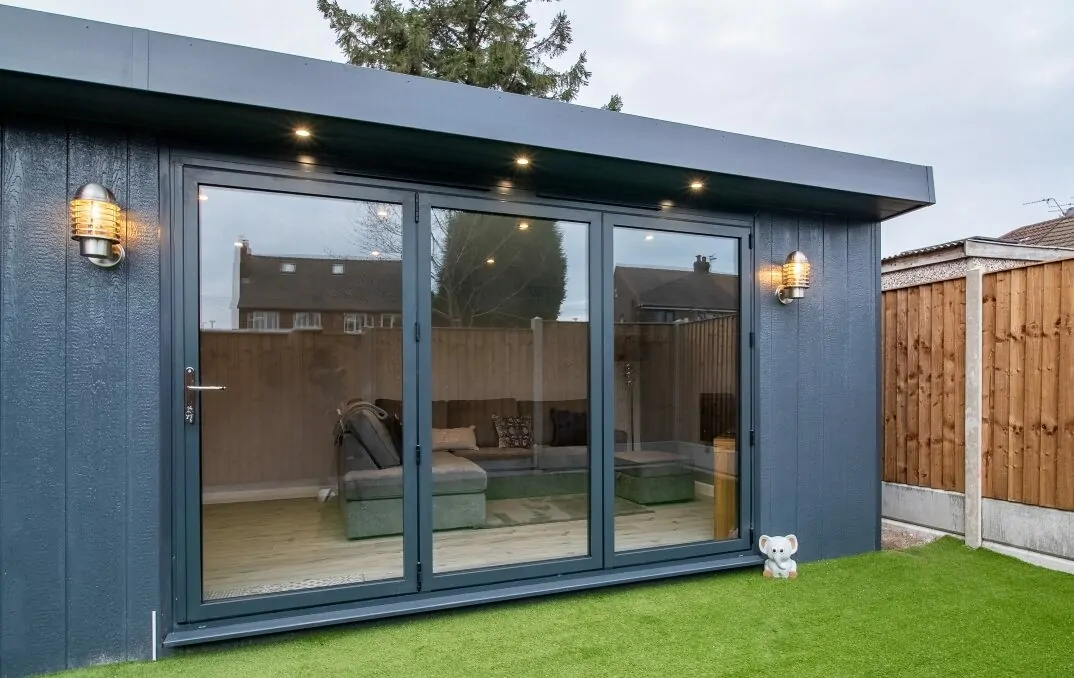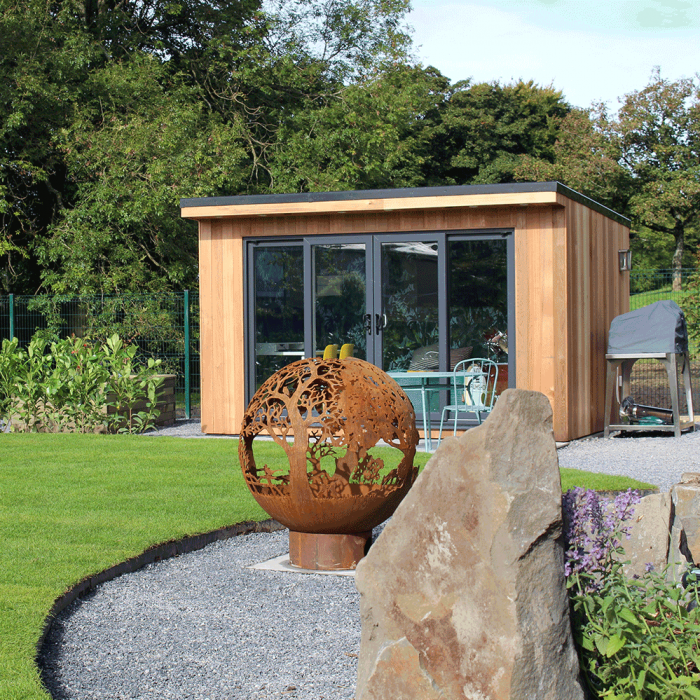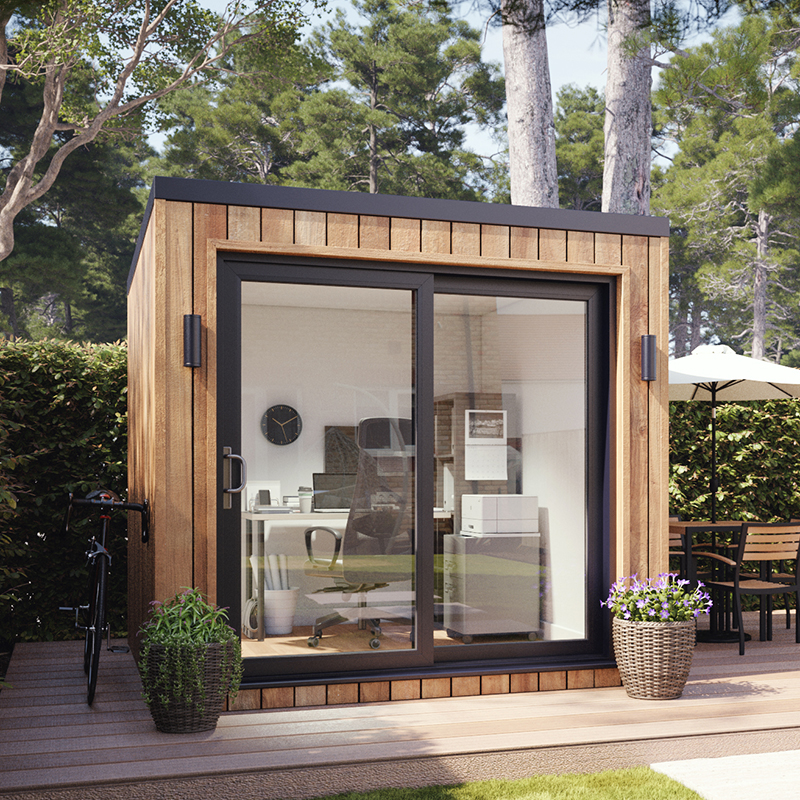Best News For Planning Permission For Garden Buildings
Wiki Article
What Authorizations Do You Need For Garden Rooms Or Other Purposes In Terms Of Change Of Use?
When constructing garden rooms, conservatories, outhouses, garden offices or extensions, the concept of "change of use" plays a significant role in determining if planning permission is required. Here are the main aspects to be considered when obtaining a planning permit related to the change of use change from non-residential to residential
You'll need planning permission for converting an unresidential building like an agricultural or garage to an office space or a residential space. This is because there could be a change in the use classification.
The Garden Rooms are Living Accommodation:
The use of the garden space as a distinct living area (e.g. as a guesthouse, rental unit or similar arrangement) is a change of usage. It is required to get planning permission in order to ensure that a structure conforms to the requirements of residential living.
Utilization for Business:
It is possible to require planning permission if you intend to use a garden room or conservatory for business purposes for example, an office or place of business with frequent employees or visitors. This is due the possible impact on the neighboring area such as noise, parking and traffic.
Use for Education or Community:
To transform an existing garden structure into a place for learning or community activities (such as classrooms or meeting rooms) You will also need planning permission. The local authorities will consider the appropriateness of the site and the impact it will have on the surroundings.
Impact on Local Infrastructure
In general, any alteration to usage that has an impact on local infrastructure (such as drainage, roads or public services) will require planning permission. Local planning authorities will evaluate these impacts as part the process of applying for permission.
Dual Use
Planning permission may be required for mixed-use properties (such as an apartment that is residential, and part commercial). This allows to define the different uses on the property.
Increased Footfall & Traffic
If the change of use is likely to boost footfall or traffic (e.g., converting a garden room into a smaller retail space), planning permission is required to address possible impacts to the region.
Regulations for Building Regulations:
It is vital to keep in mind that although a change of usage does not require a formal permit for planning, it must still comply with all building codes and regulations. They are essential to ensure the safety of those who live there and their health and also for energy efficiency. This is especially relevant for conversions to habitable spaces.
Environmental Impact:
Modifications to the use of land that negatively impact the environment, for example the conversion of agricultural land to residential development, require planning permission. Planning applications can include an environmental assessment.
Community and Amenity Effect
An important consideration is how these changes could impact the community's amenities and the area's character. To take an example for converting a space in the garden into a café shop, you need approval from the planning department. This is to ensure it aligns itself with community plans while also preserving the local amenities.
Designated Areas
Modifications to the use of land are strictly restricted in areas that are designated as National Parks or Areas of Outstanding Natural Beauty. This is to protect the character and appearance of these areas. Planning permission is needed in these cases.
Local Planning Policies
Local planning authorities typically have specific guidelines for modifications to use. These can be quite different. It is recommended to read these policies so you know which types of changes are allowed and what conditions must be met.
In essence Planning permission is usually needed for any significant modification to the use of a garden room, conservatory outhouse, garden office, or extension. It guarantees that the new use is appropriate for the location, in line with the local and national guidelines and addresses any impact that could be a threat to the environment or community. Contact your local planning authority as early as possible during the planning phase to identify the necessary requirements and obtain the required approvals. Check out the top what size garden room without planning permission for more recommendations including best heater for log cabin, Tring garden rooms, costco garden buildings, how to get power to a garden room, garden room, garden room planning permission, outhouses, outhouses for garden, small garden office, outhouse building and more.

What Planning Permission Are You Required To Get For Garden Rooms Etc In Terms Of Listed Buildings?
Special considerations and regulations are required when building garden rooms, conservatories or outhouses on the premises of a listed building. These are the major points about planning permissions for these projects. A Building Consent to be Listed
In the majority of cases the case, any modification, extension or new construction within the immediate vicinity of a listed building requires both listed building consent. This is because any modifications could affect the character or special interest of a listed structure.
Historical character and its impact:
Planning permission is necessary for any new building or extension that may alter the appearance or historical character of the historic building or its location. This includes outbuildings and gardens rooms.
Materials and Design:
The new structure's design and materials must reflect the architectural and historical significance of the structure. Planning permission might be needed for bespoke designs or the use of traditional building materials.
Nearness to the listed Building
It is important to consider the potential impact of any new structures located near the heritage building. If they are to not impact the character of the building the building's character, planning permission has to be sought.
Size and Scale
The proposed extension, garden room or conservatory should be in harmony and harmonies with the listed building in which it is located. Planning approval and thorough assessments are more likely for larger structures.
The Property Location:
The position of the new structure (whether they are erected in front, on the rear or on the side of an existing structure) can impact the necessity to obtain planning approval. The locations that are visible from the street or interfere with the views of the building usually come under greater scrutinization.
Modifications in the Internal Structure:
Even if you are removing the structure that was previously in use, any internal changes to be made to the building must be approved by the planning department and have listed building consent.
Conservation Area Overlap
There are further restrictions if the building is listed as a conservation area. To ensure compliance with listed building regulations and conservation area regulations, planning permission is needed.
The use of the building:
Planning permission is often needed based on the purpose that the garden room or any other outbuilding, will be used for. The authority for planning will pay more attention to the use that indicates an increase in significance, such residential or commercial use.
Structural Impact
Planning approval is required for any construction that may affect the structural integrity or building. This will ensure that the existing and future structures are integrated seamlessly.
Local Authority Guidelines
Local authorities usually have their own guidelines for listed buildings that outline the types and extent of construction and modifications that is permitted. Planning permission ensures that the guidelines are observed.
Professional Assessments:
Conservationists usually conduct thorough assessments when evaluating proposals to alter listed structures. These assessments are able to help assess the viability of proposed modifications and provide support for the planning application.
Summary The planning permission and listed-building consent are required almost always when creating conservatories, garden rooms or outhouses. This is also true for extensions gardens, garden offices and garden offices that are connected to listed properties. Check with your local planning authorities as well as heritage professionals in the initial phase of the planning process to ensure that you are in compliance with relevant regulations. This can also protect the historic and architectural integrity of the structure. Take a look at the recommended outhouse uk for website examples including garden room heater, garden office electrics, costco outbuildings, garden rooms, garden room heater, ground screws vs concrete base, what size garden room without planning permission, outhouses, gym outhouse, composite garden rooms and more.

What Planning Permissions Do You Require For Gardens, Etc. In Terms Of Location Restrictions?
When planning to build conservatories, garden rooms and outhouses, gardens extensions or offices location restrictions play a crucial factor in determining whether planning permission is required. Here are the main factors to be considered when determining the location proximity to boundaries:
If the building is located within two meters of the boundary of the property, it should not exceed a maximum height exceeding 2.5 meters. If the building's height is higher than these limits, a planning permit is required.
Front of the Property
Permitted development rights typically do not allow forward extensions or building in front of the main elevation.
The side of the property:
Side extensions need to comply with the specific height and dimension restrictions and usually require planning permission in the event that they extend beyond the current sidewalls of the house.
Rear of the property
There are size and height restrictions on rear extension extensions. If these exceed allowed limits for development Planning permission is required.
Designated Areas
In areas of Outstanding Natural Beauty (AONB), National Parks and World Heritage Sites there are more strict controls. New structures may require approval for planning, irrespective of the size.
List of Listed Buildings
The properties that are listed as listed have more strict guidelines. No matter where the structure is on your property, you will need to get planning permission and approved building permits for any modifications or extensions.
Green Belt Land:
To protect open space, building on greenbelt land is restricted. Permissions are usually required for any new construction or significant change.
Zones at risk of flooding:
The new structure must not increase flooding risks if the property is situated in a high-risk flood zone. It may be necessary to obtain planning approval or a flood analysis.
Urban vs. Rural settings
Rural and urban settings have often different regulations. Rural properties can be more relaxed about limitations, like the size or location of outbuildings.
Highways and Public Rights of Way:
If the structure is situated near roads, highways, or public right-of-ways, the approval of the planner may be needed in order to keep the structure from hindering safety, view or access.
Shared ownership or leasehold of land:
For properties which are part or leasehold or shared ownership plans You may have to obtain additional permissions, or from the entity managing or freeholder, or planning permission, according to the local laws.
Nearby to other structures
It may be necessary to get planning permission if an upcoming structure is to be built near existing structures or buildings, especially adjacent properties. It will guarantee that the structure or land surrounding it does not suffer any negative effects.
It's always recommended to consult with the local planning authority in order for specific guidance tailored to the location of your home and circumstances. Regulations vary greatly depending on local policies. Being aware of all applicable limitations will aid in avoiding legal issues as well as potential fines. Read the top rated heater for shed without electricity for website advice including what is a garden room, what is a garden room, garden rooms in St Albans, garden room planning permission, ground screws vs concrete base, garden room heater, out house, do i need planning permission for a garden room with toilet, garden rooms in St Albans, composite garden office and more.
